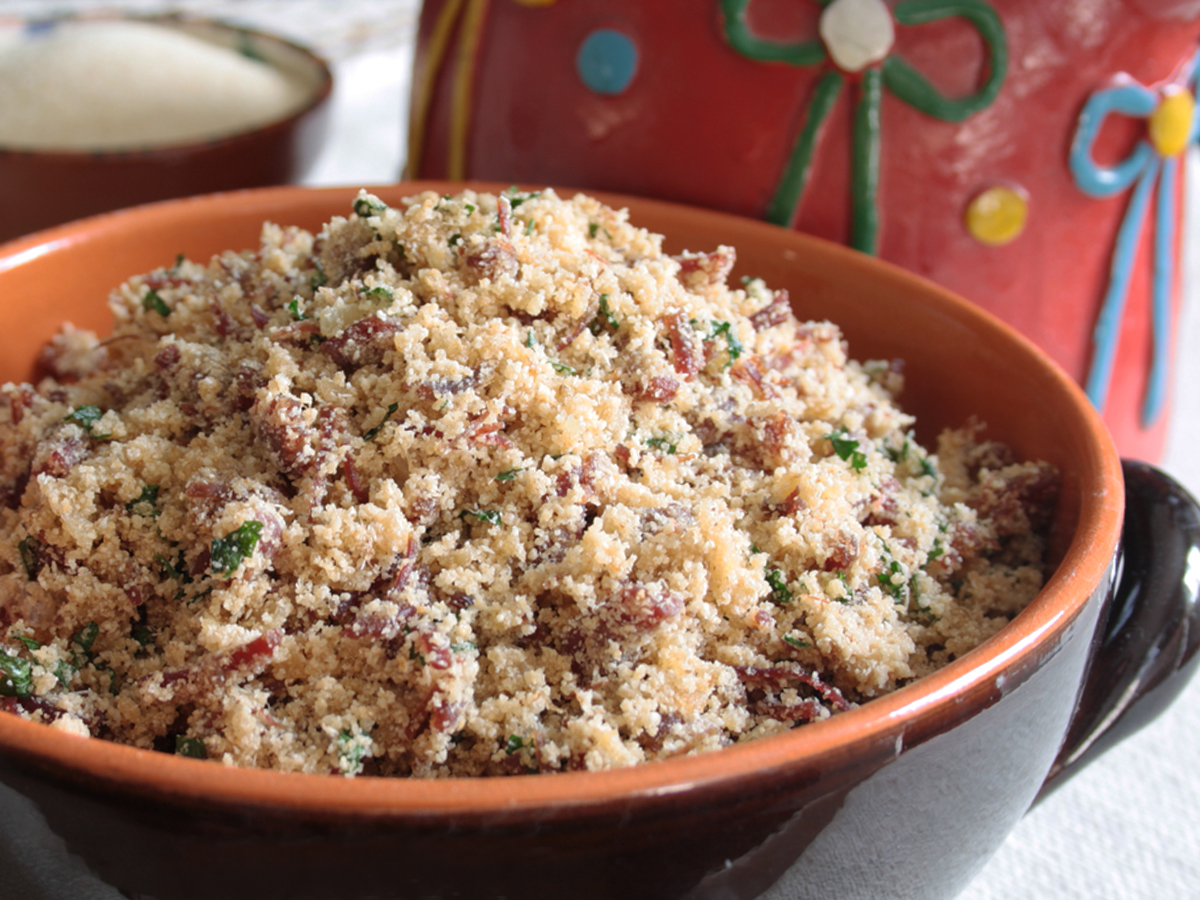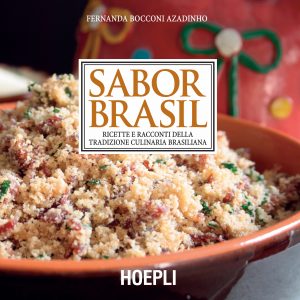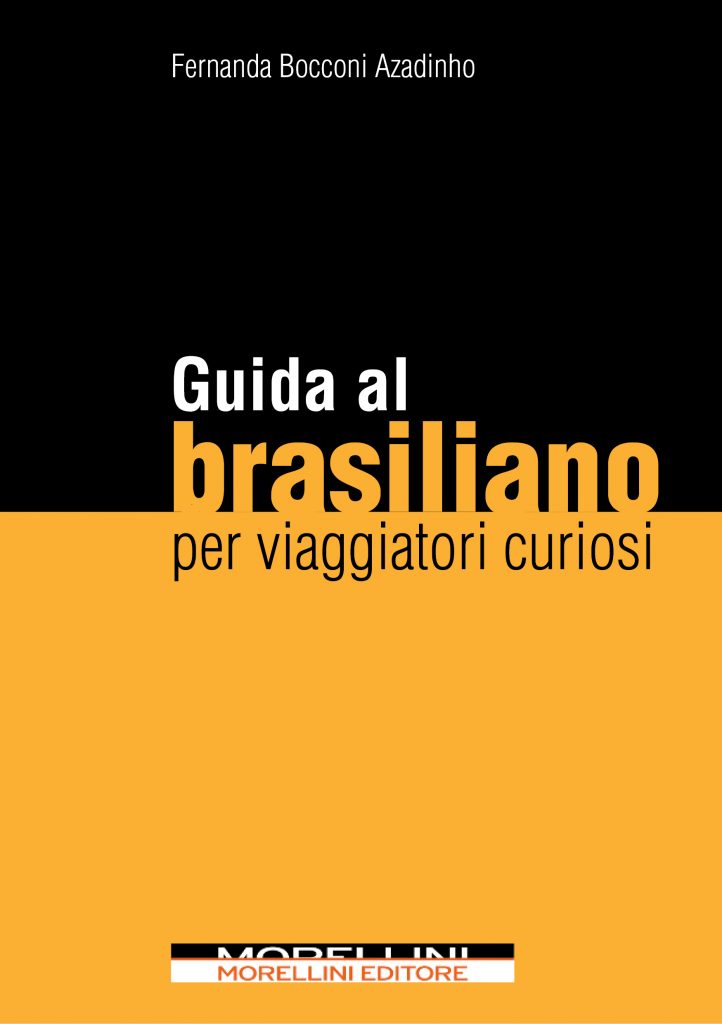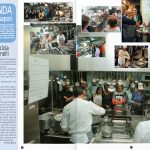“Paçoca de carne seca” is a popular dish that can be found almost everywhere in Brazil. Manioc was the basis of the local diet, and this dish is a culinary legacy of the indigenous traditions,. Nowadays this dish is nearly identical to the original: a mixture of meat or fish and manioc flour placed in the mortar, then crushed with the pestle. The word “paçoca” comes from “pa’soka”, a indigenous “Tupi” word, which means crumbled or crushed with a pestle and mortar.
In the 17th century this recipe gained widespread popularity, while “travelling” in caravans that once transported goods that were supposed to supply the central regions of the country. During such long and dangerous trips, along really precarious and dangerous trails, the “tropeiro” (muleteer or caravan conductor) meal was very basic, easy to make, with substantial nutritional value and made from non-perishable foods, such as cassava flour and jerked meat. There are many versions of this recipe prepared with different types of meat, but always with the addition of manioc flour, corn flour or both flours mixed together.
“Paçoca de carne seca”, “feijão-tropeiro”, “arroz de carreteiro”, like so many others, are dishes of the “tropeiro” cuisine, and they are part of social and cultural history of Brazil.
The “Paçoca de carne seca” is a one-dish meal, but can be accompanied by white rice, braised cabbage, manioc purée, boiled plantain or boiled cassava. “Paçoca de carne seca” served with plantain purée is a Pernambuco State typical dish.
Fonti:
• “Índios do Brasil: alimentação e culinária”. Sito della Fundação Joaquim Nabuco site (accessed 21 Jul 2014).
• “Revista do Arquivo Público Mineiro” Anno XLII n° 2 luglio-dicembre 2006 (accessed 30 Apr 2012).
Ingredients
• 500 g jerked beef
• 250 g raw or toasted manioc flour
• 2 onions (about 200 g)
• 1 garlic clove
• 4 tablespoons corn oil
• 2-3 tablespoons ghee or butter (about 100 g)
• chili pepper
• chopped parsley or cilantro, to taste
Preparation method
- Cut the meat into small pieces, eliminate nerve tissue and fat and leave to soak overnight, changing the water at least three-four times.
- The next day drain the meat and put it into a frying pan with two tablespoons of oil. Sautée the meat, stirring constantly until all the juices that ooze from meat has evaporated. Then add a little water and continue cooking over low heat until tender. It takes almost one hour.
- Allow to cool, shred the meat and remove remaining nerve tissue and fat from it. You can pull the meat into shreds using your fingers or put it into a food processor and grind small amounts each time, using the pulse button. This dish was traditionally made by crushing meat and cassava flour in a mortar and pestle.
- Sauté chopped onion and chopped garlic with two tablespoons of oil and the chilli pepper. Then add the shredded meat, the butter and allow to simmer for a few minutes.
- Add the manioc flour a bit at a time, stirring constantly. Usually there is no need to add salt.
- If you like, add chopped parsley or coriander. “Paçoca” should be very soft.
- You can serve this dish accompanied by white rice, braised cabbage, manioc purée, plantain purée, boiled plantain or boiled cassava.
Posted on: 08 March 2015













 I’m an architect. I was born in Brazil and my father was Italian.
I’m an architect. I was born in Brazil and my father was Italian.